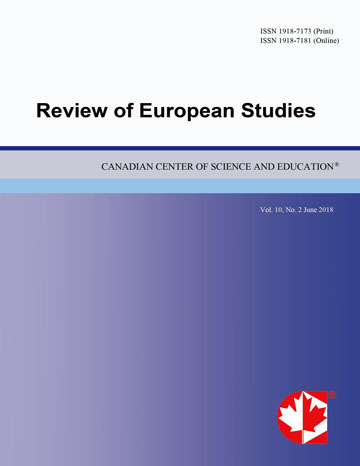The Role of the Public Policy Network in Making and Implementing Anti-Corruption Policies in Palestine
- Ismail Iriqat
- Khaireyay Radwhan Yehya
Abstract
As a result for the official and unofficial interactions between many effective sides on both local and central levels, and as a result for the well of the policies network within its different parts such as the legislative council, civil society organizations, financial and administrative audit office, authors, parities and citizens as well as foreign parts such as the international bank and some donating countries, the polices networks started to develop itself and started to work in cooperation with other parties. The networks accomplished all stages in the absence of the legislative council from 2008 till 2019. However, the result of its accomplishments started with short term plans from 1998-2010, in the last year the corruption law as announced, the anti-corruption commission was established. Therefore, the three pillars of anti-corruption were completed including prosecution and anti - corruption court as a type of judicial independence. The Anti-Corruption Law and Strategy has become a systematic policy in all Palestinian public sector institutions. In mid-2019, the PAA obtained a license from the Palestinian Ministry of Higher Education to open the Anti-Corruption Academy for Higher Education, which follows the vision and objective of the Anti-Corruption Commission, which is administratively independent, which will grant a Master's degree and a higher diploma to its members. Thus, we can note the integrated role of the Anti-Corruption Policy Network from implementation to evaluation.
- Full Text:
 PDF
PDF
- DOI:10.5539/res.v12n2p1
Index
- ACNP
- CNKI Scholar
- DTU Library
- Elektronische Zeitschriftenbibliothek (EZB)
- EuroPub Database
- Excellence in Research for Australia (ERA)
- Genamics JournalSeek
- Google Scholar
- Harvard Library
- HeinOnline
- Infotrieve
- JournalTOCs
- Mir@bel
- Open policy finder
- RePEc
- ResearchGate
- ROAD
- Scilit
- Technische Informationsbibliothek (TIB)
- The Keepers Registry
- Universe Digital Library
- WorldCat
Contact
- Paige DouEditorial Assistant
- res@ccsenet.org
